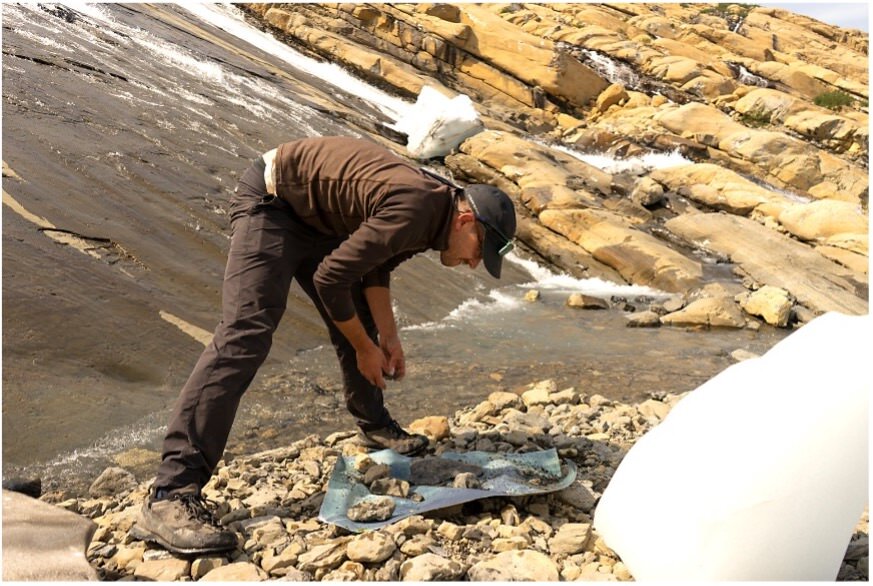February 17, 2024 – May 18, 2024
February 17 – May 18, 2024
OPENING RECEPTION: Saturday, February 17 | 6-8pm
PERFORMANCE: Mitsu Salmon, Saturday, February 17 | 6pm
516 ARTS presents Geohaptics: Sensing Climate, a group exhibition uniting poignant works from artists who enact a somatic, empathic collaboration with the Earth using the senses, heart, and mind. The title of this exhibit combines “geo,” meaning earth, and “haptics,” referring to the sense of touch. The word “haptic” derives from the Greek word haptein, meaning “to fasten.”
Curated by artist, writer, and educator Daniela Naomi Molnar, Geohaptics: Sensing Climate features national and regional artists that include Athena LaTocha, Mitsu Salmon, Beili Liu, Ella Morton, Alexis Elton, Jason Francisco, Carol Padberg, Jonathan Marquis, Heidi Gustafson, and Sarah Gerats. Artworks range from investigating the Arctic region to New Mexico’s atomic histories, expressed through organic sculptural forms, video, performance, paintings, photography, and multimedia installation.
Living in the midst of the climate catastrophe, how can we refuse despair and apathy? How might we turn this planetary pivot into a portal to new and better human natures? These questions and more are presented and explored in the exhibition, which hosts a series of public programs (more to be announced soon) engaging sensory experiences and poetic responses to a rapidly changing world.








